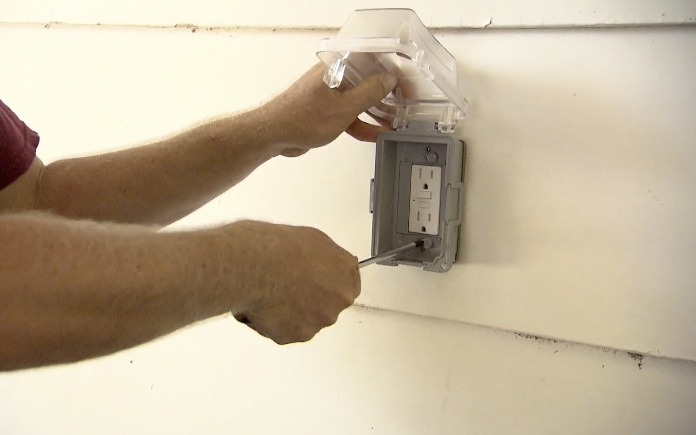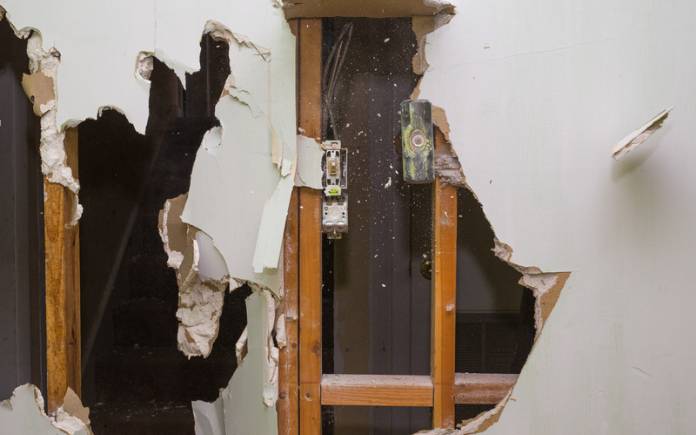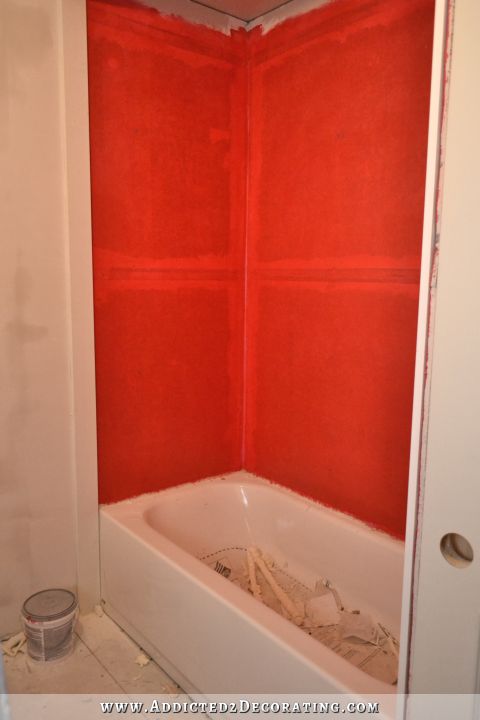
This week, electrical contractor and owner of Lighthouse Electrical Designs Jeremy Moore gives a crash course on what you need to know about your home’s electrical work.
I’ve worked with his father for many years, and Jeremy’s work has been featured on Today’s Homeowner TV show multiple times, including just recently in this how-to project from the breezeway transformation episode.

Ground Fault Circuit Interrupter Breakers and Outlets
Q: What are GFCI Breakers and Outlets and how do they make the home safer?
Jeremy: Ground fault circuit interrupter breaker offers personal protection. A regular breaker provides overcurrent protection. So, if it’s a 20 amp breaker, it will provide up to 20 amps of power. It doesn’t care what it’s providing that to. If it’s going through your body, as long as you’re not drawing over 20 amps over a length of time, it’s going to continue to provide it.
The advantage of the breaker is it protects the entire circuit from the time it leaves the panel to the end use. The advance of the outlet is its cheaper and easier to install, especially for a homeowner to work with.
Ground fault circuit interrupters outlets have two wires (one grounded and one ungrounded) to constantly track electrical current flow; if they detect a change, they immediately cut power to the outlet. This is helpful if you drop an appliance — like a hair dryer — into a sink or tub filled with water. GFCIs are often found in kitchens and bathrooms, as well as outdoor areas, garages and crawl spaces.

LED vs. Incandescent
Q: What’s your take on the advantages of LED bulbs and the obsolescence of incandescents?
Jeremy: In a nutshell, you get what you pay for. At Lighthouse Electrical Designs, we like to stick with common brands that have a track record behind them.
A lot of people who go for LED are going for that longevity and power savings. They also run cooler, and use a quarter of the power of incandescent.
However, it’s the Wild West out there on the available products. I’ve tried so many .. some are good some are not. That’s the advantage of using a contractor, because they’ve already gone through the process and know the brands to trust.

DIY Remodeling
Q: If a homeowner wants to take on a remodel themselves, what do you recommend that they do before they start tearing out walls or cabinets that may have wires running through them?
Jeremy: First off, make sure everything works the way it’s supposed to, so you’re not going in with problems.
Secondly, label everything in the area and confirm that it’s labeled correctly on the panel.
As you tear into those things, turn off power where you don’t think you need it. Say you’re demoing the kitchen, run a few cords from the living room and turn off the walls you’re working on.
Always assume there is something behind the wall. Don’t plunge the saw four inches into the wall on the first go.

Outdated Wiring
Q: Some of our listeners live in older homes that may have outdated wiring such as aluminum wiring or two wire outlets or both. In your opinion, should the homeowner be concerned and upgrade the wiring or are they safe to leave it as it is?
Jeremy: When we say aluminum, mostly what people are referring to is the smaller circuits, like lighting and receptacles.
As far as aluminum in the homes, it will be phased out eventually by banks and insurance companies. While working at Lighthouse Electrical Designs, I’ve seen A lot of places have a hard time securing financing or insurance on properties that have aluminum wiring.
My advice: Having aluminum in your home is not a reason to sell it immediately, but at some point, it does have to be phased out. Don’t mess with it on your own. There are so many different products required now to work with it, so call a professional who’s worked with aluminum wiring before.
If you’re remodeling in stages, remodel as you go. You don’t want to have to wait until after you put that backsplash in the kitchen to fix it.
Further Reading











